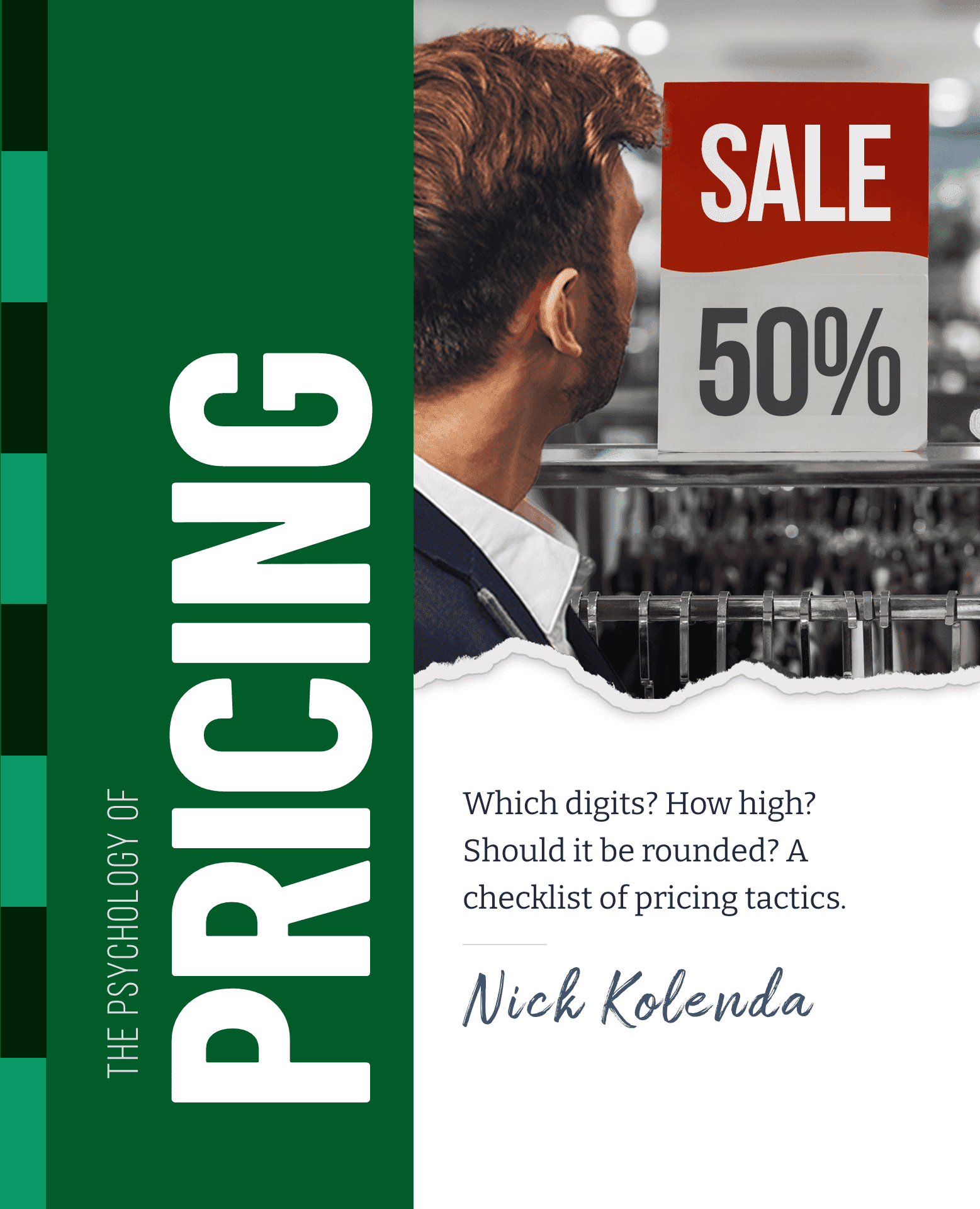
Group Small Words Near a Price
Prices seem cheaper next to small-related words (e.g., low, tiny, little).
Customers group items that are close together.
It's called gestalt proximity.
And there's a fascinating implication: Perceiving items as a unit will merge their semantic traits. I call it convergent processing.
For example, an inline skate seemed cheaper when low friction appeared next to the price because this idea of lowness infused with the price. The skate seemed more expensive when the price was next to high performance (Coulter & Coulter, 2005).
Same with:
- Low Fat
- Low Risk
- Low Maintenance
Or be more direct. Why not say that your price is small? A small $5 fee seemed cheaper than a $5 fee (Rick et al., 2008).
Other examples of smallness:
- Only $39.99
- Just 3 payments of $29
- For a low price of $89.95
And skip big words. Perhaps the following coupon should emphasize pizza instead of large.

Of course, big words can help when largeness is desired, like promotions (e.g., Prime Big Deal Day).
How to Apply
- Add a Visual Cue. Prices need to be spatially grouped with small words. Try bolding: Buy it now for only $199.
- Assign a Primitive Name to Pricing Plans. You might be tempted to choose a fancy name (e.g., premium, platinum) for SaaS plans. And sure, maybe you'll increase perceived value. But these names also feel more expensive. Try primitive names — Starter, Basic, Essential — to imply a small size and social norm. Customers buy cheaper plans when they see prestige names (e.g. Silver-Gold-Platinum; Wang et al., 2024).


- Coulter, K. S., & Coulter, R. A. (2005). Size does matter: The effects of magnitude representation congruency on price perceptions and purchase likelihood. Journal of Consumer Psychology, 15(1), 64-76.
- Rick, S. I., Cryder, C. E., & Loewenstein, G. (2008). Tightwads and spendthrifts. Journal of consumer research, 34(6), 767-782.
- Wang, L., Deng, X., & Chen, H. (2024). A rose by any other name would smell as sweet? The impact of hierarchical labeling on consumers’ choices in tiered pricing plans. Marketing Letters, 35(2), 259-273.

Want more tactics?
Get all my free pricing tactics